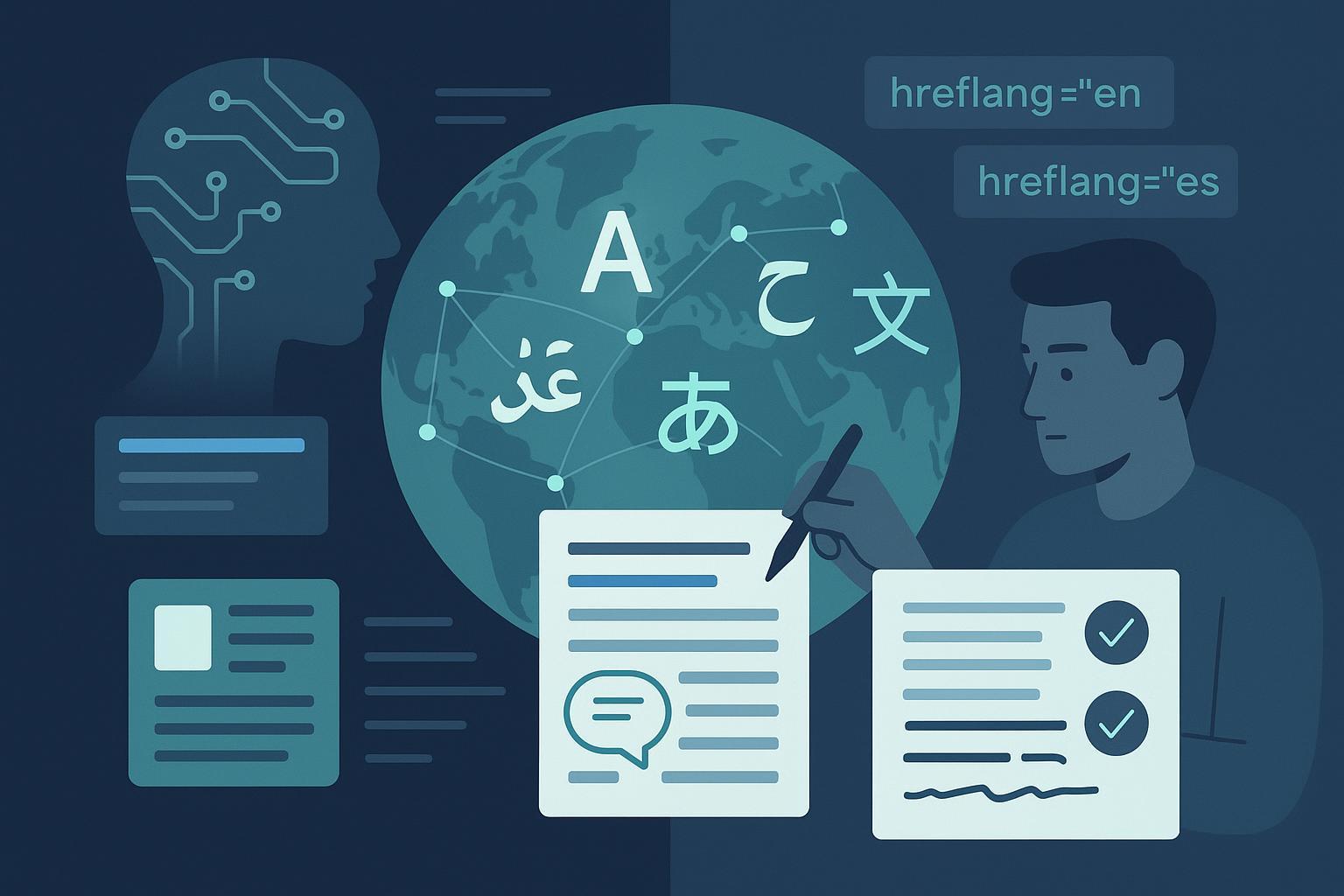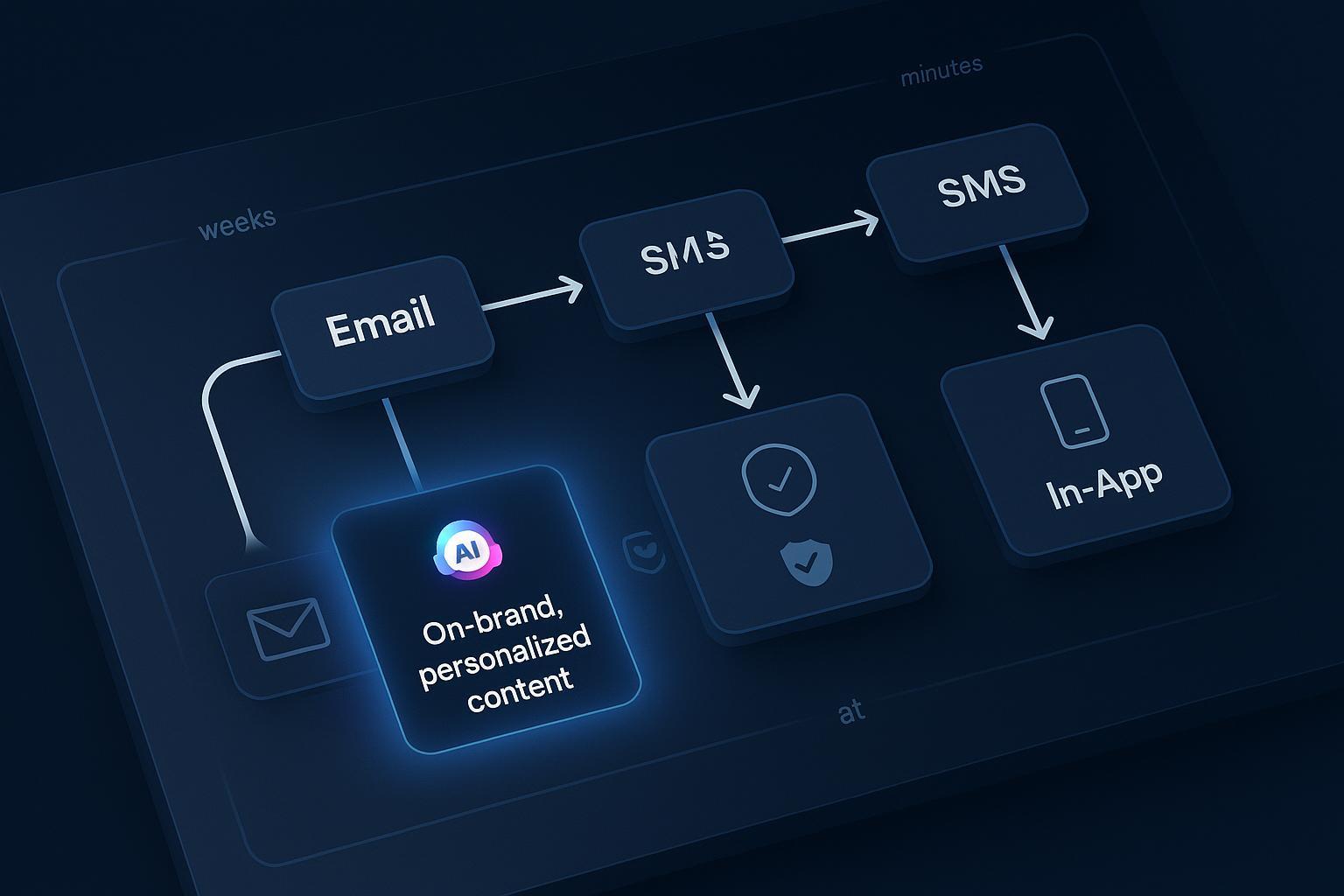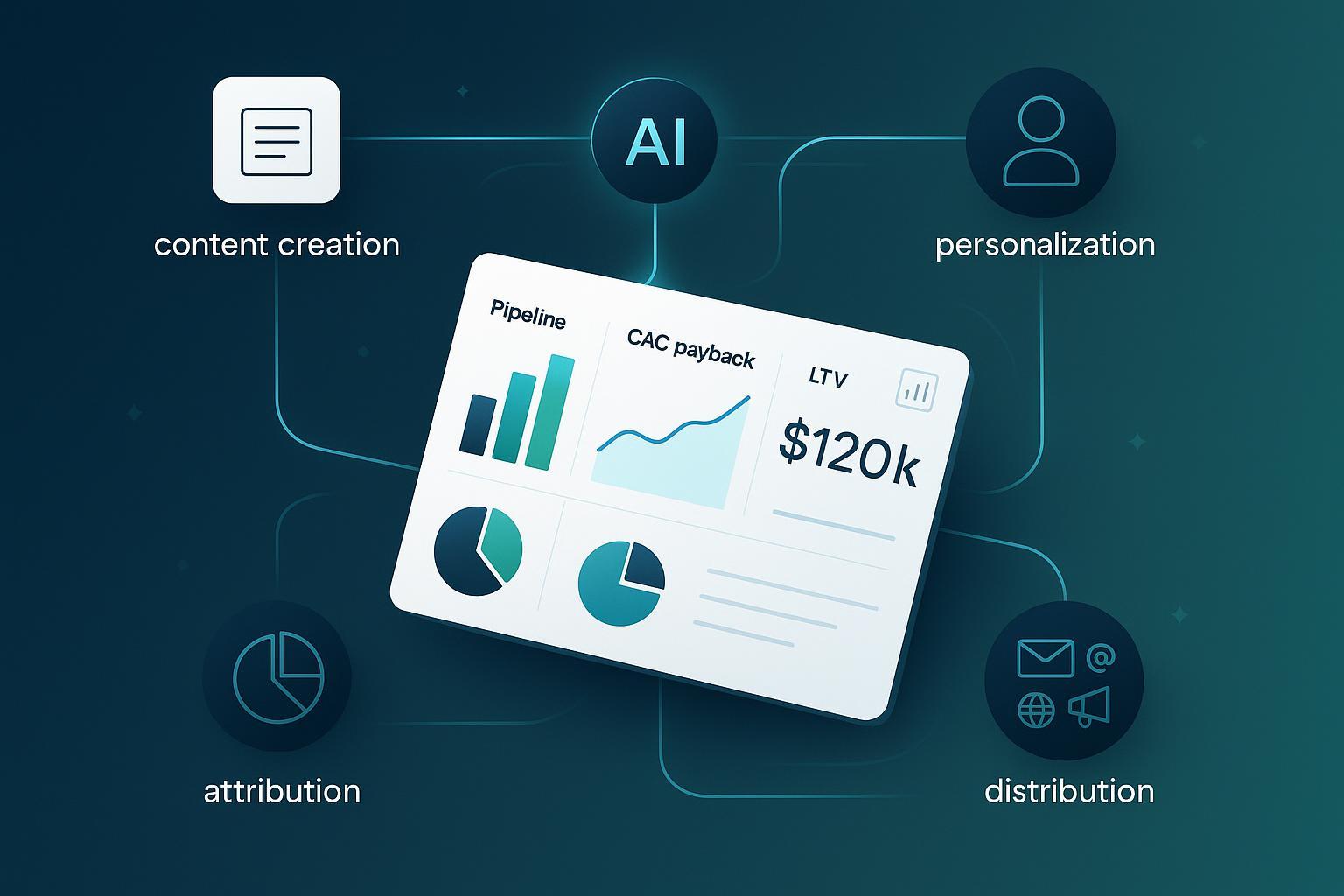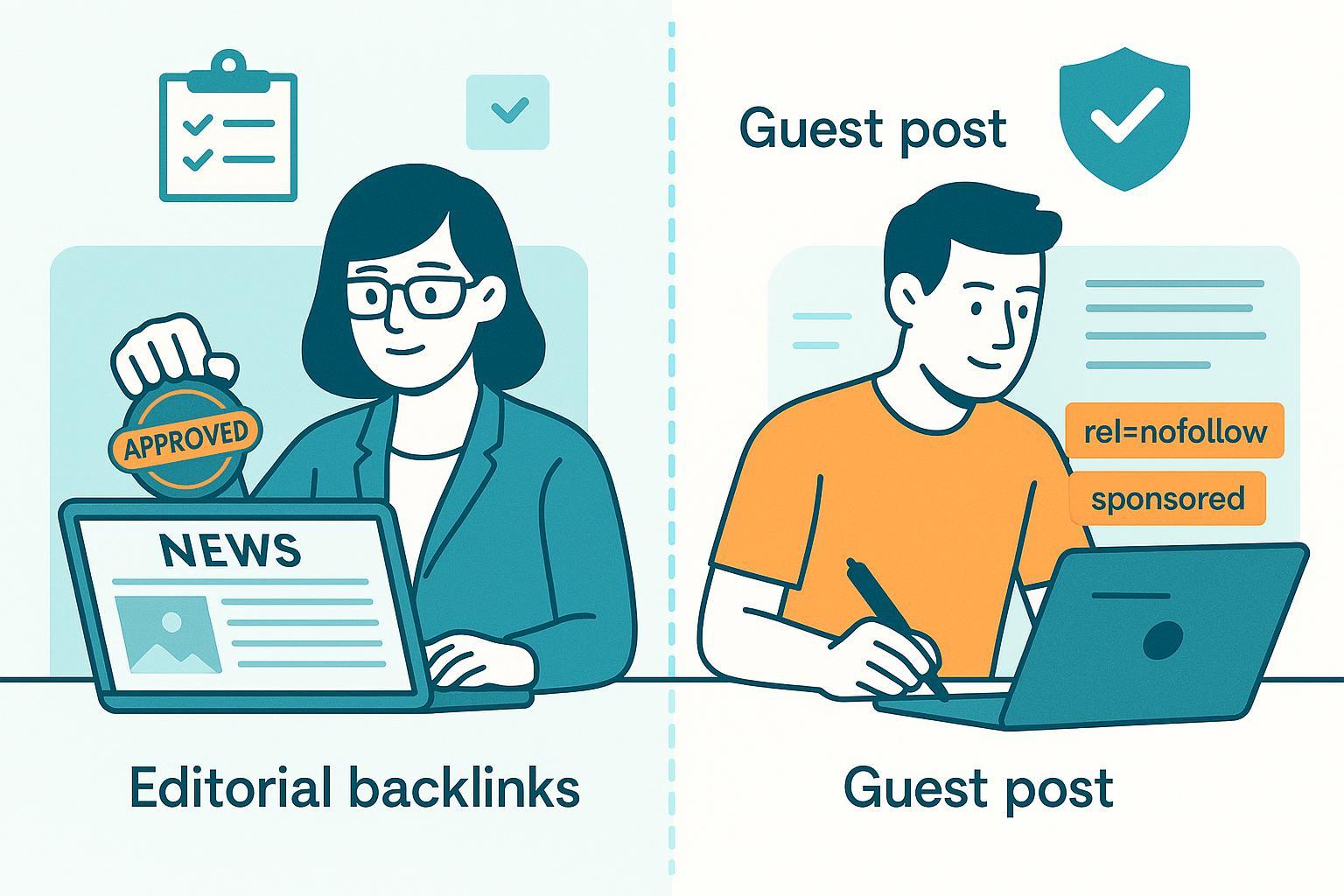What is Content Gating? Definition & Impact in Digital Marketing & SEO
Content gating restricts content access in exchange for user data. Learn its definition, lead generation value, SEO impact, and AI search challenges.

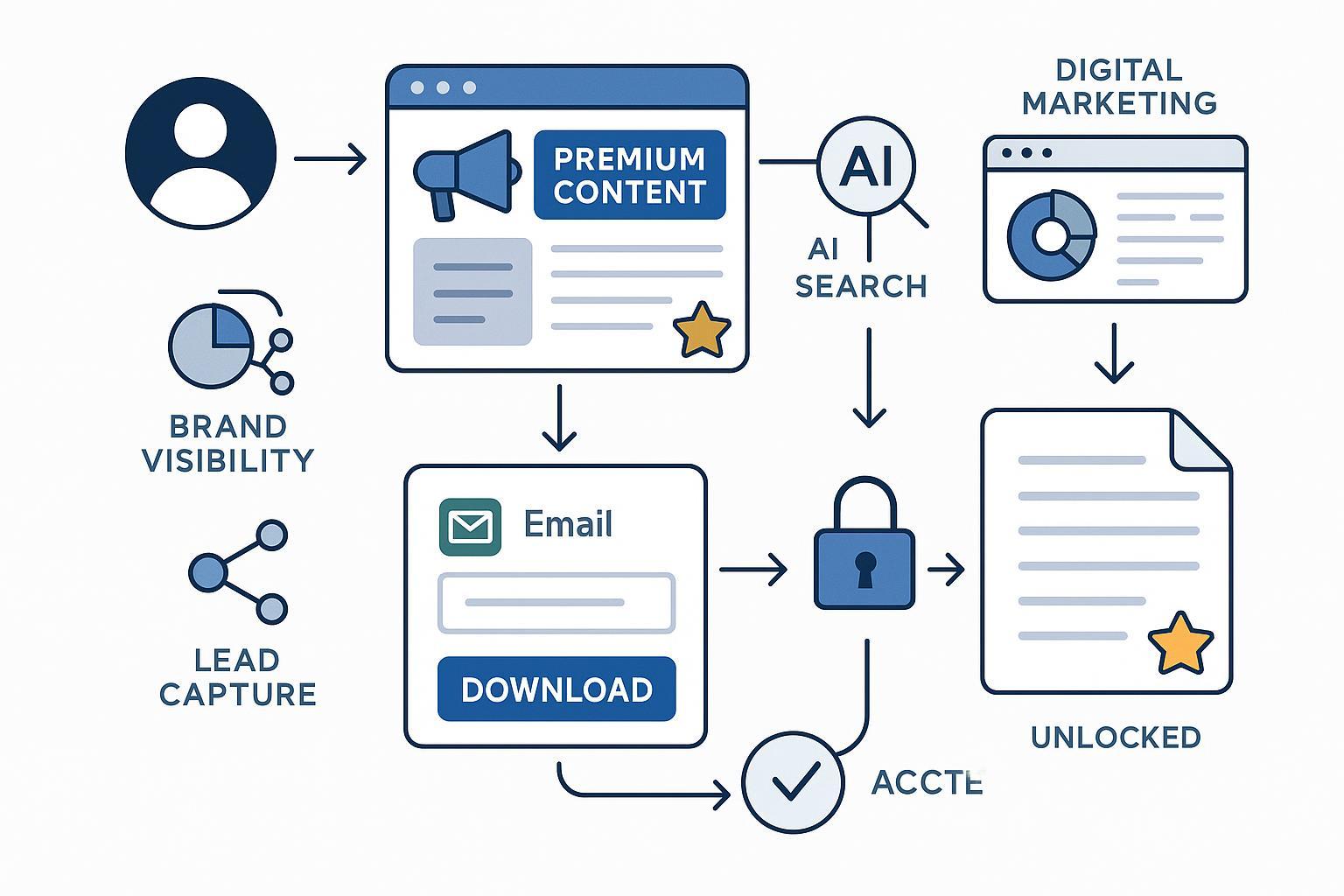
One-Sentence Definition
Content gating is the practice of restricting access to specific online resources—such as eBooks, whitepapers, or webinars—until visitors provide personal information, most commonly an email address, in exchange for entry [Content Marketing Institute][OptinMonster].
Detailed Explanation
At its core, content gating facilitates a value exchange: brands offer high-value digital assets, and users share contact data to access them. This method powers lead generation, audience segmentation, and nurturing initiatives central to digital marketing strategy. Gating is most effective for mid- to late-funnel content—think in-depth reports or exclusive webinars—where the perceived value justifies user participation.
Progressive and hybrid gating tactics have evolved: instead of requiring all details upfront, marketers may provide previews or request minimal information initially, then prompt for more as trust builds ("progressive profiling"). Newer gating models are carefully calibrated to balance lead capture with accessibility, in response to changing user expectations and privacy laws (GDPR, CCPA).
Key Components of Content Gating
- High-value, exclusive content: Only premium resources (e.g., research, templates) should be gated to avoid deterring visitors.
- Lead capture forms: Customizable forms gather data—ideally as few fields as possible to minimize user friction.
- Automation and analytics: Integrations with CRM or marketing software enable follow-up, segmentation, and conversion tracking.
- Progressive/Hybrid gates: Modern implementations use partial gating (previews) or staged data capture to increase completion rates and user comfort.
- Privacy compliance: Strict adherence to privacy laws and transparent data usage policies is now essential.
Practical Applications and Outcomes
Content gating is widely used for:
- Lead generation: Capturing prospect data for B2B sales or high-consideration products.
- Audience building: Segmenting users based on interests or content interactions.
- Conversion optimization: Gated offers can motivate immediate action and facilitate personalized nurture campaigns.
Recent studies indicate conversion rate improvements of up to 36% or more where gating is executed strategically with audience value in mind [OptinMonster]. However, excessive gating or gating low-value assets can backfire, increasing bounce rates and eroding brand trust.
AI Search and the Future of Gating
With the rise of AI-powered search engines and zero-click answers, much gated content remains invisible to both search crawlers and end users—meaning fewer organic visitors discover these assets in traditional or generative AI results. Best practice now suggests selectively gating only the highest-value resources, offering previews, or adopting hybrid models to ensure brand reach and lead quality are optimized. Marketers are also shifting toward data-light capture and more transparent value propositions due to increased privacy scrutiny.
Related Concepts
- Gated Content: The actual digital asset behind the form.
- Ungated Content: Freely accessible resources, designed to maximize visibility and brand awareness.
- Lead Generation: The broader strategy of identifying, attracting, and capturing potential customers.
- Conversion Rate Optimization: Techniques aimed at improving the ratio of users who complete desired actions, closely tied to how—and whether—content is gated.
- AI-powered SEO: How search engine algorithms, including generative AI, index and retrieve different types of content.
Content gating remains a vital, yet increasingly nuanced, tactic for marketers. As digital discoverability and privacy expectations evolve, selecting the right gating strategy—partial, progressive, or data-light—can spell the difference between brand growth and missed opportunity.


